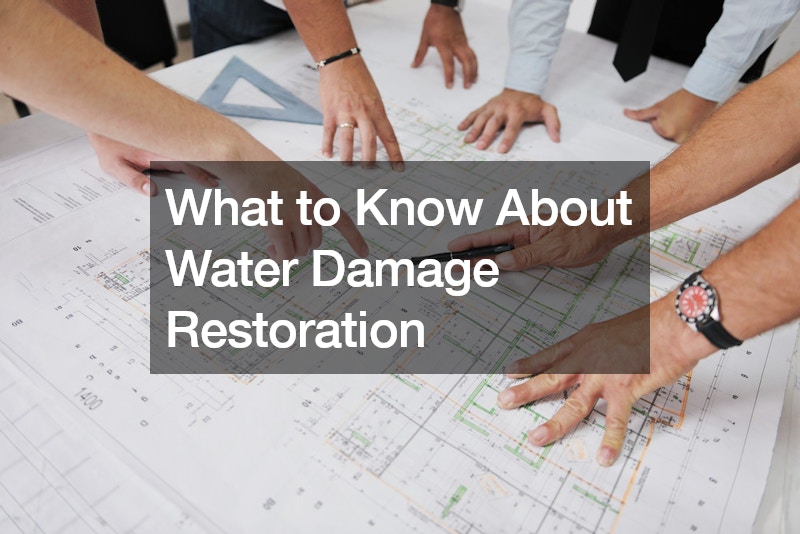Disclaimer: Life Cover Guide. This site provides family & home content for informational purposes only.
Water damage can strike unexpectedly, wreaking havoc on your property and disrupting your daily life. Understanding the process of water damage restoration is essential to effectively address the issue and minimize further damage. Here’s what you need to know about home restoration following water damage.
Immediate Action is Crucial
The first step in water damage restoration is acting quickly. Water can cause severe damage to your home’s structure and furnishings within hours.
Prompt action helps prevent further deterioration and mold growth, which can start within 24 to 48 hours. As soon as you notice water damage, contact a professional home restoration service to begin the mitigation process.
Assessment and Inspection
Professional home restoration begins with a thorough assessment and inspection. Experts use advanced tools and techniques to determine the extent of the damage, identifying all affected areas and the source of the water. This step is crucial for developing an effective restoration plan and ensuring that no hidden damage goes unnoticed.
Water Removal
Once the assessment is complete, the next step is water removal. Professionals use industrial-grade pumps and vacuums to extract standing water from your property. The quicker the water is removed, the less damage will occur. This process may also involve removing wet carpets, furniture, and other items that have absorbed water to prevent further damage and facilitate drying.
Drying and Dehumidification
After removing the standing water, the affected areas need to be thoroughly dried. High-powered fans and dehumidifiers are used to remove moisture from the air and materials. This step is critical to prevent mold growth and structural damage. Professionals monitor the drying process with moisture meters to ensure that all areas are completely dry before moving on to the next phase.
Cleaning and Sanitizing
Water damage often brings contaminants into your home, especially if the water is from a sewage backup or natural disaster. Cleaning and sanitizing are essential to remove any harmful bacteria, mold spores, and other pathogens. Restoration professionals use specialized cleaning products and techniques to sanitize affected surfaces, ensuring a safe and healthy environment.
Restoration and Repair
The final step in home restoration is repairing and restoring your property to its pre-damage condition. This may involve minor repairs such as replacing drywall and installing new carpeting, or more extensive reconstruction efforts like rebuilding entire rooms. Restoration professionals work to ensure that your home is not only structurally sound but also aesthetically pleasing, matching the repairs to the original look of your home.
.







